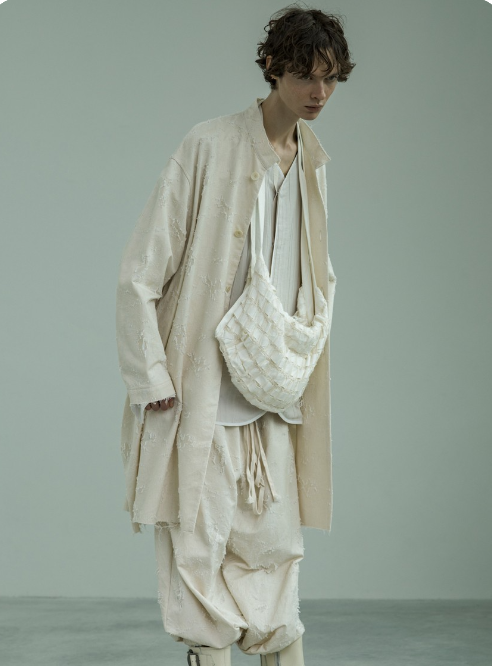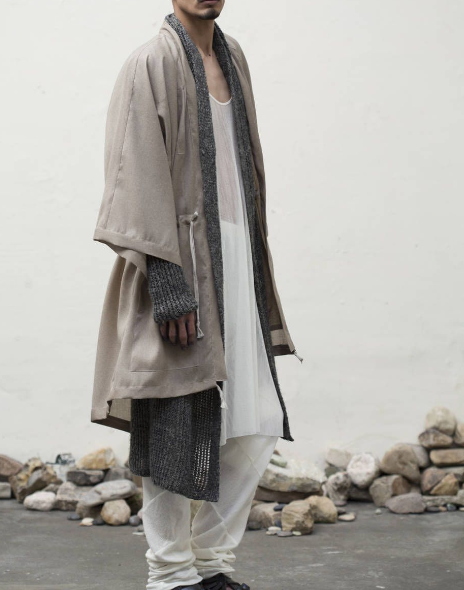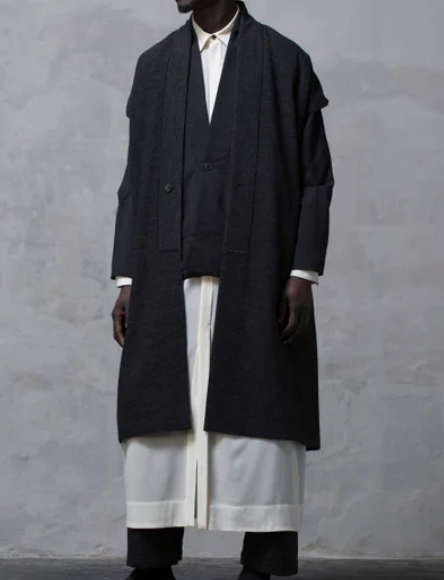Experience the art of primary backing cloth tufting, a captivating technique that enables you to infuse your home decor with a personal touch. Through the skillful process of tufting yarns onto a primary backing cloth, you have the power to craft stunning patterns and designs that seamlessly integrate into various textiles within your home. As a fashion designer with expertise in home design, I have dedicated my creative skills to enhancing people’s living spaces and adding a touch of style to their home lives. If you yearn to imbue your living space with personality and unleash your creativity, continue reading for a detailed guide. This article delves into the advantages of primary backing cloth tufting and offers inspirational ideas on how to incorporate this distinctive technique into your home decor.
Understanding Primary Backing Cloth Tufting?
- Definition of primary backing cloth tufting
Primary backing cloth tufting is a technique used in the manufacturing of carpets and rugs. It involves inserting loops of yarn through a primary backing cloth to create a pile or tufted surface. The primary backing cloth serves as the foundation of the carpet, providing stability and structure to the tufts.
- Advantages of using this technique in home decor
- Versatile Design Options: Primary backing cloth tufting allows for a wide range of design possibilities. Manufacturers can create intricate patterns, textures, and colors, making it suitable for various home decor styles and preferences.
- Cost-Effective: Tufted carpets and rugs produced using primary backing cloth tufting are relatively more affordable compared to other techniques, such as weaving or hand-knotting. This affordability makes them accessible to a broader consumer base.
- Durability: The tufting process results in carpets and rugs that are resilient and long-lasting. The loops of yarn are securely anchored to the backing, providing resistance to wear, foot traffic, and everyday use.
- Softness and Comfort: The pile created through tufting can be customized to provide varying levels of softness and comfort. Different yarn types and densities can be employed to achieve desired levels of cushioning underfoot.

Ideas For Incorporating Tufted Textiles Into Your Home Decor
- Design Inspiration
When incorporating tufted rugs into your home decor, draw inspiration from various sources. Consider nature, geometric shapes, cultural motifs, or even abstract art. Look for patterns, textures, and colors that resonate with your personal style and complement the overall aesthetic of your space.
- Creating Patterns and Motifs with Tufting
Tufted rugs offer endless possibilities for creating patterns and motifs. You can opt for classic designs like stripes, chevron, or herringbone for a timeless look. Alternatively, experiment with more intricate patterns such as florals, medallions, or Moroccan-inspired motifs to add a touch of elegance and uniqueness to your space.
- Color Combinations and Themes
Choose colors that harmonize with your existing decor or serve as a focal point in the room. For a contemporary and minimalist vibe, consider neutral tones like whites, grays, or beiges. Alternatively, vibrant and bold color combinations can inject energy and personality into your space. Explore monochromatic schemes, complementary colors, or even a palette inspired by nature to create a soothing and inviting ambiance.
Enhancing Your Home With Tufted Pillows
- Design options and shapes for tufted pillows
Tufted pillows come in a wide array of design options and shapes, allowing you to find the perfect match for your decor style. You can choose from square, rectangular, round, or even custom-shaped pillows. The tufting patterns can range from simple and minimalist to intricate and ornate, depending on your preferences.
- Incorporating tufting into pillow covers and accents
Consider selecting pillow covers with tufting details. These covers can be made from various materials, such as velvet, linen, or cotton, and they add a layer of texture and visual appeal to your seating areas or bed. Tufted accents, such as decorative buttons or tassels, can also be incorporated into the design of the pillows to enhance their aesthetic value.
- Mixing and matching tufted pillows with existing decor
Tufted pillows offer versatility when it comes to mixing and matching with your existing decor. You can use them to create a focal point by choosing vibrant colors or eye-catching patterns, or you can opt for neutral tones to add subtle texture to your space. Consider the color scheme, patterns, and textures in your room and choose tufted pillows that complement or contrast with those elements, depending on the look you want to achieve.

Wall Hangings And Tapestries Uusing Primary Backing Cloth Tufting
- Creating Unique Wall Art with Tufted Techniques
By applying tufting techniques to a smaller scale, you can create stunning tufted wall art. Experiment with different yarn colors, textures, and pile heights to design unique patterns and motifs. Consider incorporating geometric shapes, abstract designs, or nature-inspired elements to complement your interior style.
- Tips for Designing and Hanging Tufted Tapestries
When designing tufted tapestries, start by envisioning the desired size, shape, and color palette. Sketch out your design beforehand to ensure a cohesive and balanced composition. Select a primary backing cloth that suits the weight and thickness of your yarn choice. Once your tufted tapestry is complete, finish the edges by binding or framing it for a polished look. When hanging, consider using a sturdy rod or dowel and secure it to the wall with decorative brackets or hooks.
- Adding Texture and Visual Interest to Your Walls
Tufted wall hangings and tapestries can add dimension and tactile appeal to your walls. They can be used to create a focal point or to enhance the overall aesthetics of a room. Whether you prefer a minimalist, bohemian, or eclectic style, tufted wall decor can be a versatile addition. Play in different sizes and arrangements to create an eye-catching display, or use them as a complement to existing artwork or photographs.

Conclusion
In conclusion, backing cloth tufting offers numerous benefits and possibilities in home decor. It provides versatile design options, cost-effectiveness, durability, and the ability to customize carpets, rugs, wall hangings, and tapestries. By incorporating primary backing cloth tufting into your home decor, you can add texture, visual interest, and a personalized touch to your living space. Whether you choose to tuft your own designs, create unique wall art, or experiment with advanced techniques, let your imagination guide you. Make your home a reflection of your style and personality through the artistry of primary backing cloth tufting.
FAQs
Q1: What are the advantages of using primary backing cloth tufting in home decor?
Primary backing cloth tufting offers versatile design options, allowing manufacturers to create intricate patterns, textures, and colors. It is a cost-effective technique, making tufted carpets and rugs more affordable compared to other methods. Additionally, tufted textiles produced using this technique are durable and resilient, providing resistance to wear and everyday use.
Q2: How can primary backing cloth tufting bring personality to my home?
Primary backing cloth tufting allows for a wide range of design options, including different colors, textures, and patterns. By choosing a unique tufted carpet, you can add personality and style to your home.
Q3: What materials are used in primary backing cloth tufting?
In primary backing cloth tufting, you will need yarns suitable for tufting, fabrics and backing materials for the base, and tools such as tufting guns or needles. Choosing the right materials is crucial for achieving the desired design and ensuring the longevity of the tufted textiles.
Q4: Can primary backing cloth tufting be used in high-traffic areas?
Yes, primary backing cloth tufting is a great option for high-traffic areas. The tight weave of the yarn into the backing cloth creates a durable and resilient surface that can withstand heavy foot traffic.
Q5: How do I care for a primary backing cloth tufted carpet?
To care for a primary backing cloth tufted carpet, vacuum regularly to remove dirt and debris. Spot clean any spills immediately with mild detergent and warm water. Professional cleaning is recommended every 12-18 months to maintain the carpet’s appearance and durability.
